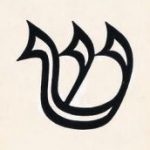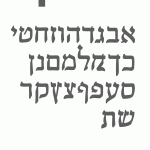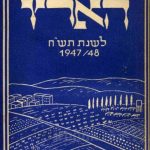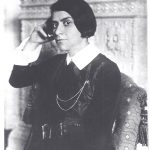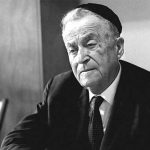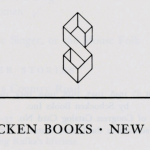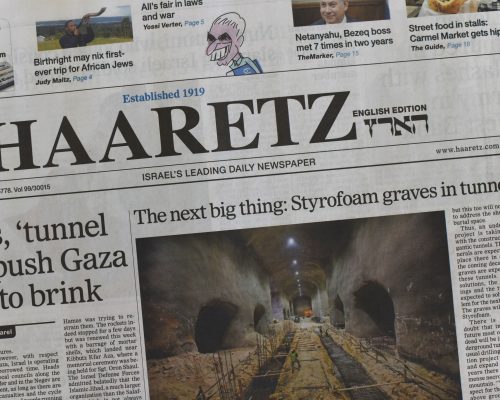
Haaretz
In 1936, Schocken was convinced that Hebrew-readers in Palestine could benefit from the kind of solid, liberal newspapers he came to admire in pre-war Germany. He decided to launch a daily newspaper that would supply even-handed, intelligent and critical journalism. He bought a small Hebrew newspaper based in Tel Aviv, installed his son Gershom as publisher, and sought to expand its cultural section. For example, he wanted to print Agnon’s novel A Guest for the Night in a serial version of 139 sequences. The newspaper’s name was “Haaretz”, meaning “The Country (of Israel)” in Hebrew.
Gershom Schocken ran Haaretz for more than fifty years, from 1939 to 1990. While following the general vision set by his father, Gershom expanded the newspaper’s coverage and gave it a distinct identity. Haaretz eschewed sensationalism, condemned all forms of political extremism, and offered an extended literary section. Staying away from identifying with any political party, Haaretz always stuck to universal liberal values, and advocated peaceful and pragmatic solutions to Israel’s harsh political conflicts.
The longest running newspaper still in print in Israel, Haaretz continues to uphold the liberal and cultural values established by its longtime director, Gershom Schocken. The newspaper is still owned by the family, and since 1990 has been directed by Salman’s grandson and Gershom’s son, Amos Schocken. Under Amos’s leadership, Haaretz expanded considerably, and became a bold paragon for human rights and social activism. It also developed an elaborate and sophisticated business supplement, known for exposing corruption and offering scathing criticism of government actions.
Today, Haaretz is widely considered one of the world’s most important newspapers. Writing in the New Yorker, David Remnick described it as “arguably the most important liberal institution in Israel”, while the Nation magazine called it “Israel’s liberal beacon.”

